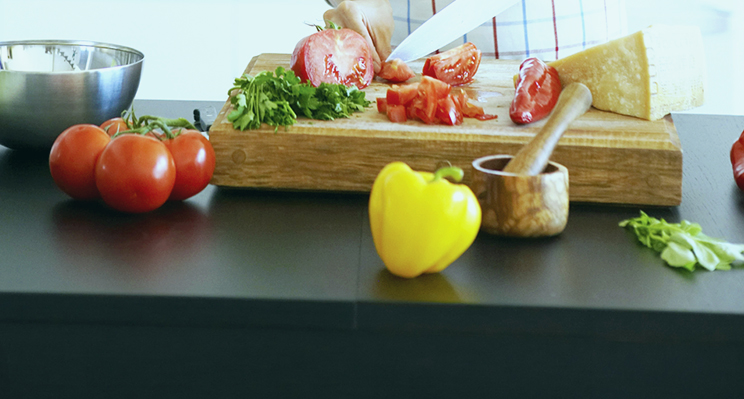Following on from Gut Week 2013 it has become even more apparent just how many people are experiencing abnormal bowel movements. So, we are posing the question… ‘What should our poo really look like?’
Fortunately, help is at hand in the form of The Bristol Stool Scale which was developed back in 1990 at the University of Bristol and provides a seven group classification for human faeces. This helpful tool is frequently used by healthcare professional, but can be a really useful guide for anyone who is unsure about what their movements should actually look like.
The form in which our stools take is very much dependent on how long it has spent in the colon.
The ideal stool should be either type 3 or 4.
Type 1 could indicate constipation and sluggish bowel movements, whereas type 6 and 7 have spent the shortest time in the colon.

Aberrant bowel movements could just indicate we are doing too much, things are upsetting us, or we are eating the wrong types of food. However, persistent issues with our bowel function warrant further investigation from a medical professional.
For a clearer look at The Bristol Stool Chart visit:
https://loveyourgut.com/wp-content/uploads/lyg-bristol-scale-a5.pdf

